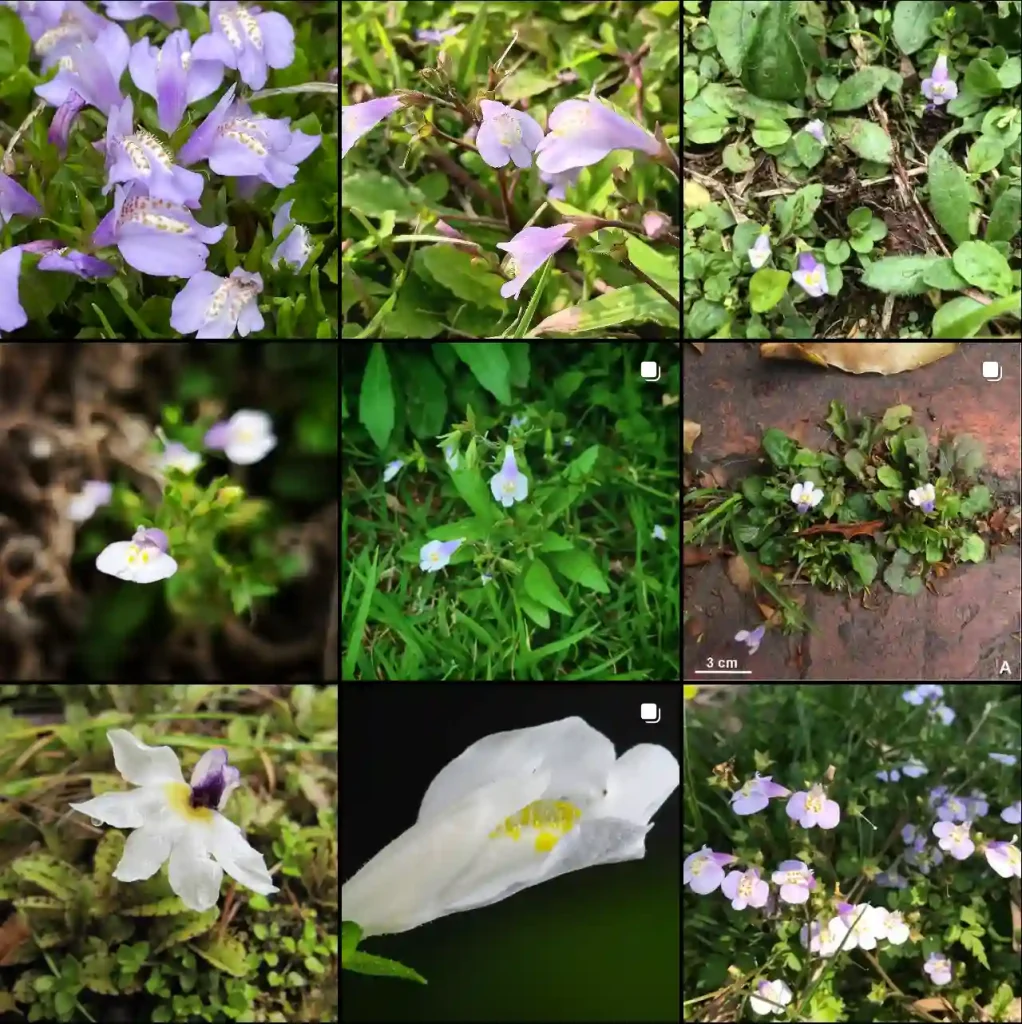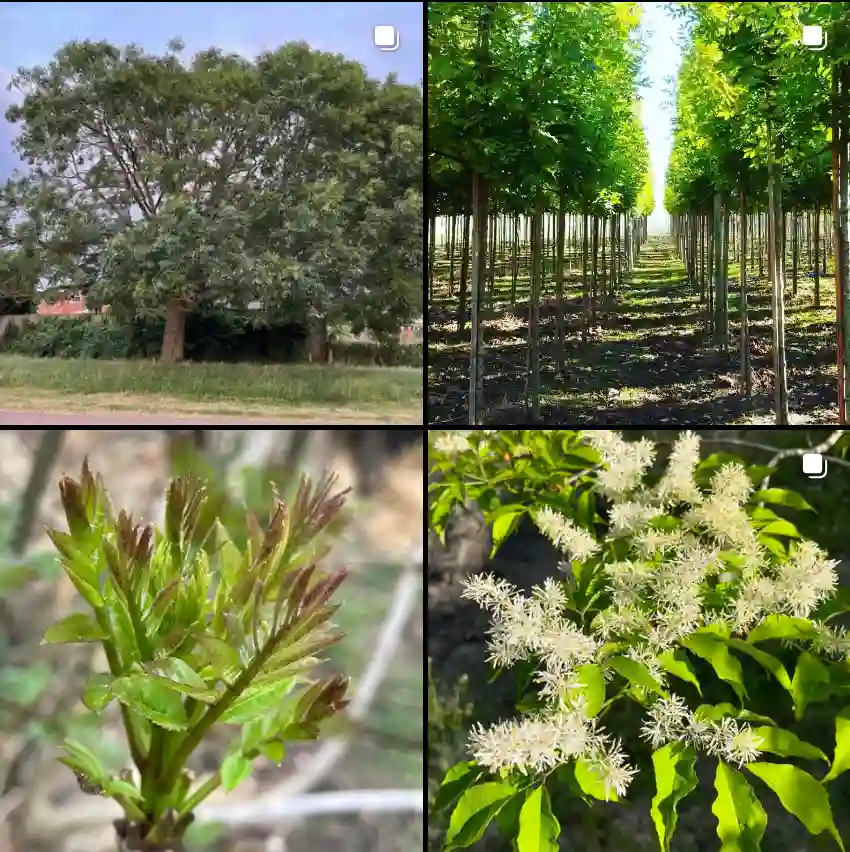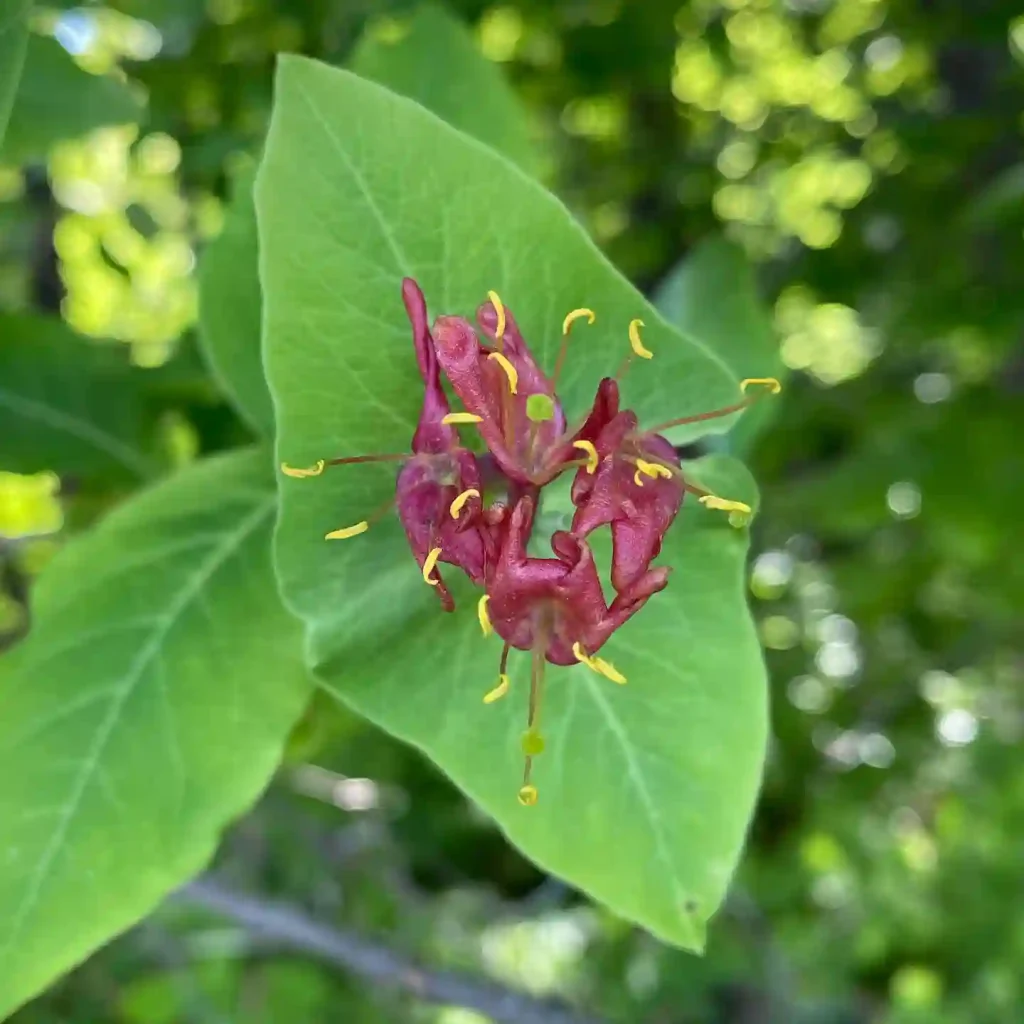My Fascination with the Passifloraceae Family
As an avid gardener and nature enthusiast, I’ve always been captivated by the sheer diversity and beauty of the plant kingdom. Among the myriad families that grace our planet, the Passifloraceae family, also known as the passionflower family, holds a special place in my heart. The intricate and often flamboyant blooms of passionflowers have an allure that is hard to resist, and the family’s range of growth habits, from delicate vines to sturdy trees, makes them adaptable to a variety of garden settings.
A Family of Intricate Blooms
The Passifloraceae family is renowned for its unique and often complex floral structures. The passionflower itself, the family’s namesake, is a marvel of botanical design. Its intricate arrangement of petals, sepals, corona filaments, and reproductive organs creates a mesmerizing display that is both beautiful and functional. The passionflower’s intricate structure serves to attract pollinators, ensuring the continuation of the species.
Beyond the passionflower, the Passifloraceae family boasts a wide variety of other captivating blooms. The genus Adenia features small, clustered flowers that are often fragrant, while the genus Passiflora encompasses an array of flower shapes, sizes, and colors. From the delicate, lacy blooms of Passiflora incarnata to the bold, vibrant flowers of Passiflora caerulea, the family offers a visual feast for the eyes.
Genera of the Passifloraceae Family
The Passifloraceae family is comprised of several genera, each with its own distinct characteristics. Some of the most notable genera include:
- Adenia: This genus is comprised of succulent vines and shrubs, many of which are native to Africa and Madagascar. Adenia flowers are often small and inconspicuous, but some species produce fragrant blooms. – 105 Species in Genus Adenia
- Passiflora: This is the largest genus in the family, encompassing over 500 species of vines, shrubs, and trees. Passiflora is known for its intricate and often showy flowers, which come in a wide range of colors and shapes. – 595 Species in Genus Passiflora
- Malesherbia: This genus is native to South America and is comprised of herbs and shrubs with small, yellow flowers. Malesherbia is unique in that its flowers lack a corona, a distinctive feature of most passionflowers.
- Adenoa Arbo
- Afroqueta Thulin & Razafim.
- Ancistrothyrsus Harms
- Androsiphonia Stapf
- Arboa Thulin & Razafim.
- Basananthe Peyr.
- Crossostemma Planch. ex Benth.
- Deidamia Noronha ex Thouars
- Dilkea Mast.
- Efulensia C.H.Wright
- Erblichia Seem.
- Hyalocalyx Rolfe
- Jongkindia Breteler & F.T.Bakker
- Loewia Urb.
- Mathurina Balf.f.
- Mitostemma Mast.
- Oxossia L.Rocha
- Paropsia Noronha ex Thouars
- Paropsiopsis Engl.
- Pibiria Maas
- Piriqueta Aubl.
- Schlechterina Harms
- Smeathmannia R.Br.
- Stapfiella Gilg
- Streptopetalum Hochst.
- Tricliceras Thonn. ex DC.
- Turnera Plum. ex L. – 141 Species in Genus Turnera
- Viridivia J.H.Hemsl. & Verdc.
A Tapestry of Growth Habits
The Passifloraceae family showcases an impressive diversity of growth habits. Many members of the family are climbing vines, using tendrils to attach themselves to supports and reach for the sunlight. The passionflower vine, with its rapid growth and ability to cover fences and trellises, is a popular choice for gardens. Other members of the family, such as some species of Adenia, are shrubs or small trees, adding structure and visual interest to the landscape.
A Family with Global Reach
The Passifloraceae family is truly cosmopolitan, with members found in tropical and subtropical regions around the world. From the lush rainforests of South America to the arid deserts of Africa, passionflowers have adapted to a wide range of environments. This adaptability makes them a valuable addition to gardens in diverse climates.
My Passion for Passifloraceae
My fascination with the Passifloraceae family continues to grow with each new discovery. The family’s intricate floral structures, diversity of growth habits, and global reach make them a source of endless wonder and inspiration. Whether I’m admiring the delicate tendrils of a passionflower vine or marveling at the vibrant hues of a Tacsonia bloom, I’m reminded of the beauty and complexity of the natural world. My passion for Passifloraceae is a testament to the enduring power of plants to captivate and inspire.
If i die, water my plants!



